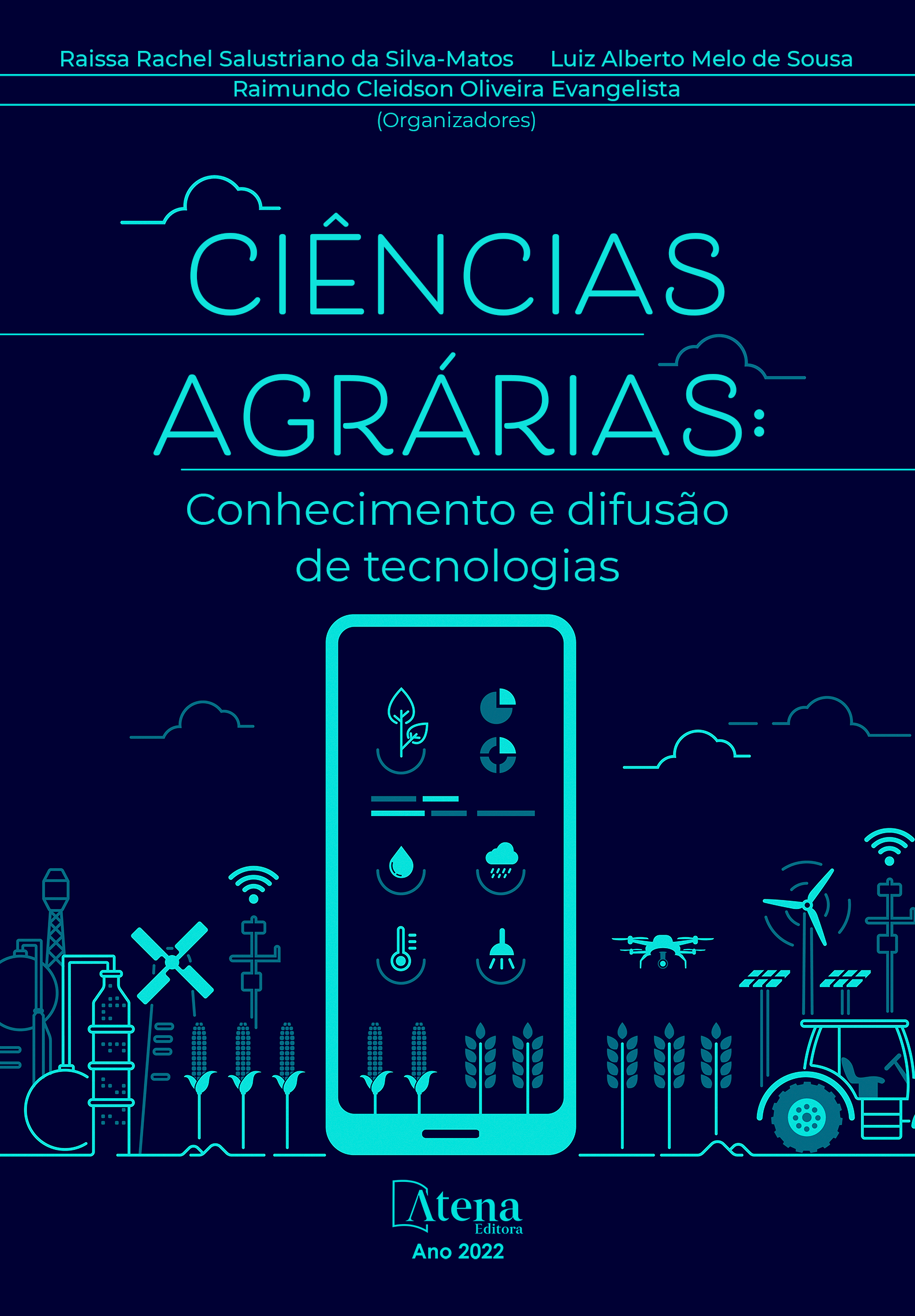
PRODUTIVIDADE DE TRIGO COM APLICAÇÃO DE PÓ DE BASALTO E INOCULAÇÃO COM AZOSPIRILLUM BRASILENSE
Na cultura do trigo (Triticum aestivum) não existem informações de adubação com pó de basalto (PB) associado com Azospirillum brasilense. O objetivo foi avaliar a eficiência do PB associado ou não com A. brasilense no crescimento e produtividade de grãos do trigo. O experimento foi conduzido durante dois anos em área com doses residuais de PB: 5, 10, 20, 40, 60, 80, 120, 160 e 200 Mg ha-1, além dos tratamentos NPK e testemunha. Metade de cada parcela recebeu inoculação com A. brasilense nas sementes, posteriormente, em cobertura 30 dias após semeadura. A outra metade recebeu nitrogênio (N) de cobertura, aos 30 e 45 dias. Foi avaliado a matéria seca da parte aérea (MSPA), número de grãos por espiga (NGE), peso de mil sementes (PMS) e produtividade de grãos. Doses de 5 a 120 Mg ha-1 de PB sem inoculação apresentaram produção média de MSPA, NGE e PMS de 5449 kg ha-1, 34,2 e 34,7, respectivamente, igual ao NPK e inferiores a 160 e 200 Mg ha-1. Quando inoculado houve acréscimo de 19,4, 6,06 e 7,38% na MSPA, NGE e PMS, respectivamente. O trigo inoculado promove maior produção de MSPA, NGE, PMS e grãos, exceto com NPK. Até 120 Mg ha-1 o PB com inoculação apresenta produção de MSPA, NGE, PMS e grãos igual à fertilização NPK e potencializada nas doses 160 e 200 Mg ha-1 de PB, independente da inoculação com A. brasilense.
PRODUTIVIDADE DE TRIGO COM APLICAÇÃO DE PÓ DE BASALTO E INOCULAÇÃO COM AZOSPIRILLUM BRASILENSE
-
DOI: 10.22533/at.ed.6292210024
-
Palavras-chave: Triticum aestivum, pó de rocha, fertilização alternativa, bactérias diazotróficas.
-
Keywords: Triticum aestivum, rock dust, alternative fertilization, diazotrophic bacteria
-
Abstract:
In wheat (Triticum aestivum) there is no information on fertilization with basalt powder (BP) associated with Azospirillum brasilense. The objective was to evaluate the efficiency of BP associated or not with A. brasilense on wheat grain growth and yield. The experiment was carried out for two years in an area with residual doses of BP: 5, 10, 20, 40, 60, 80, 120, 160 and 200 Mg ha-1, in addition to the NPK and control treatments. Half of each plot was inoculated with A. brasilense in the seeds, later covered 30 days after sowing. The other half received nitrogen (N) coverage, at 30 and 45 days. Shoot dry matter (MSPA), number of grains per ear (NGE), weight of a thousand seeds (PMS) and grain yield were evaluated. Doses of 5 to 120 Mg ha-1 of BP without inoculation showed mean production of MSPA, NGE and PMS of 5449 kg ha-1, 34.2 and 34.7, respectively, equal to NPK and less than 160 and 200 Mg ha-1. When inoculated, there was an increase of 19.4, 6.06 and 7.38% in MSPA, NGE and PMS, respectively. Inoculated wheat promotes higher production of MSPA, NGE, PMS and grains, except with NPK. Up to 120 Mg ha-1 of BP with inoculation presents production of MSPA, NGE, PMS and grains equal to NPK fertilization and potentiated in doses 160 and 200 Mg ha-1 of BP, regardless of inoculation with A. brasilense.
-
Número de páginas: 15
- Thaniel Carlson Writzl
- Eduardo Canepelle
- Marciel Redin


